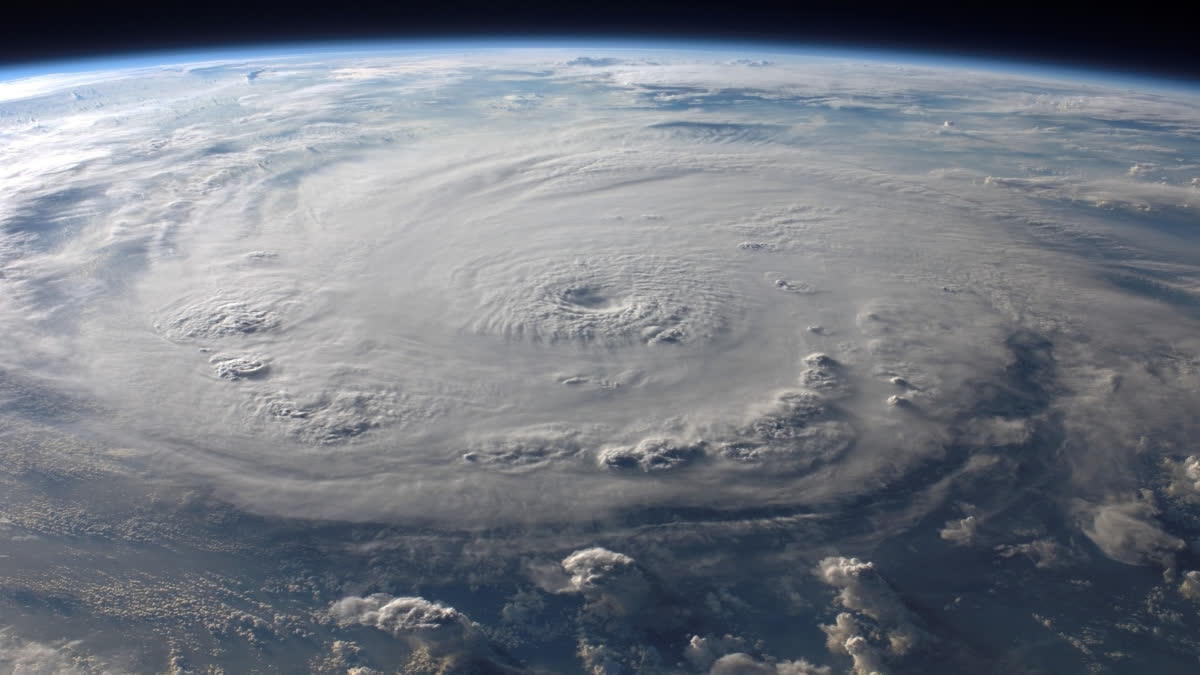New Delhi: Despite the absence of sunlight, special atmospheric conditions could produce hydroxide (OH) molecules, which power atmosphere's self-cleaning mechanism by reacting with pollutants and eliminating them, according to a new study. The researchers of the study, including one from University of California, Irvine (UCI), US, report that the presence of a strong electric field at the interface of airborne water droplets and the surrounding air can create OH by a previously unknown mechanism.
"You need OH to oxidize hydrocarbons, otherwise they would build up in the atmosphere indefinitely," said Sergey Nizkorodov, professor of chemistry at UCI. "OH initiates the reactions that break down airborne pollutants and helps to remove noxious chemicals such as sulphur dioxide and nitric oxide, which are poisonous gases, from the atmosphere," said Christian George, an atmospheric chemist at the University of Lyon in France and lead author of the study.
A key player in atmospheric chemistry, researchers said that a deeper and fuller understanding of OH sources and sinks is important to mitigating air pollution. The new mechanism uncovered has been published in the journal Proceedings of the National Academy of Sciences. Before, researchers assumed that sunlight was the chief driver of OH formation.
"The conventional wisdom is that you have to make OH by photochemistry or redox chemistry. You have to have sunlight or metals acting as catalysts," Nizkorodov said. "What this paper says in essence is you don't need any of this. In the pure water itself, OH can be created spontaneously by the special conditions on the surface of the droplets," Nizkorodov said.
Also read: NASA sends powerful new instrument to space to track air pollution
Stanford University scientists had earlier reported about spontaneous formation of hydrogen peroxide on the surfaces of water droplets. The current research, building on it, help interpret their unexpected results. The team tracked OH production in darkness by studying different vials of OH concentrations, some containing an air-water surface and others containing only water without any air. They included a "probe" molecule in the vials that flouresced upon reacting with OH.
The researchers found that OH production rates in darkness mirrored those and even exceed rates from drivers like sunlight exposure. "Enough of OH will be created to compete with other known OH sources," said Nizkorodov. "At night, when there is no photochemistry, OH is still produced and it is produced at a higher rate than would otherwise happen."
Altering the current understanding of OH sources, the researchers expect these findings to bring about changes in how other researchers build air pollution computer models. "OH is an important oxidant inside water droplets and the main assumption in the models is that OH comes from the air, it's not produced in the droplet directly," said Nizkorodov. He said that the next step to determine whether this OH production mechanism played a role was to perform carefully designed experiments in the real atmosphere in different parts of the world. (PTI)



